Odissi: From Sacred Rituals to Global Stage
Odissi: From Sacred Rituals to Global Stage
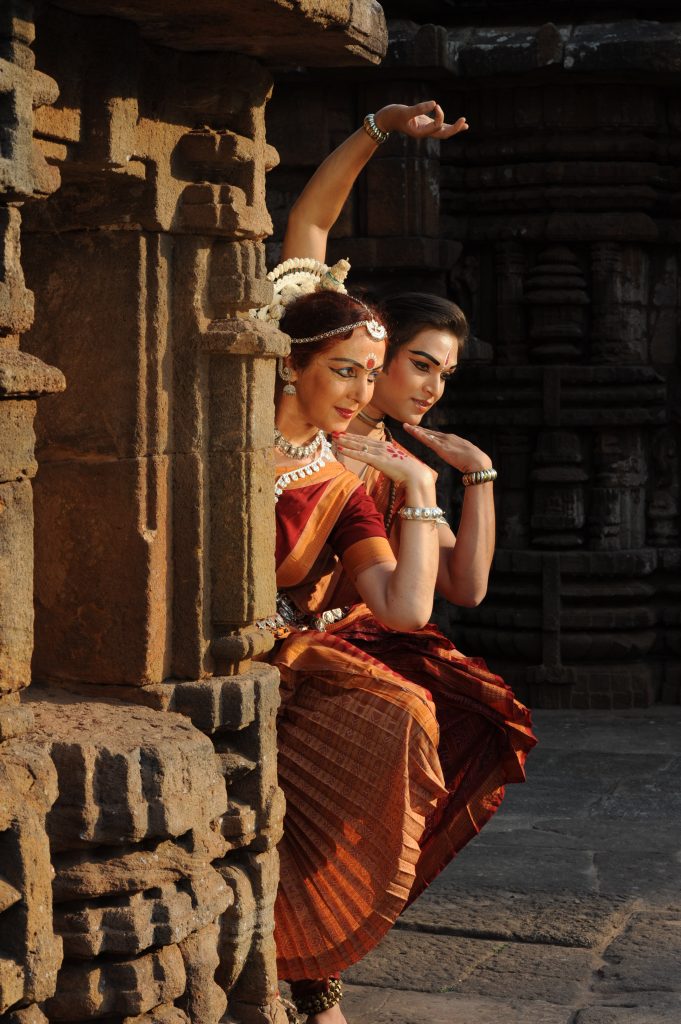 Odissi, one of the eight classical dance forms of India, has a rich and fascinating history that spans centuries. Originating from the eastern state of Odisha, Odissi has evolved from being a sacred temple ritual to a globally recognized art form, celebrated for its grace, intricacy, and spiritual depth. This article delves into the journey of Odissi from its roots in religious rituals to its rise on the international stage, exploring the cultural, spiritual, and artistic significance of this beautiful dance form.
Odissi, one of the eight classical dance forms of India, has a rich and fascinating history that spans centuries. Originating from the eastern state of Odisha, Odissi has evolved from being a sacred temple ritual to a globally recognized art form, celebrated for its grace, intricacy, and spiritual depth. This article delves into the journey of Odissi from its roots in religious rituals to its rise on the international stage, exploring the cultural, spiritual, and artistic significance of this beautiful dance form.
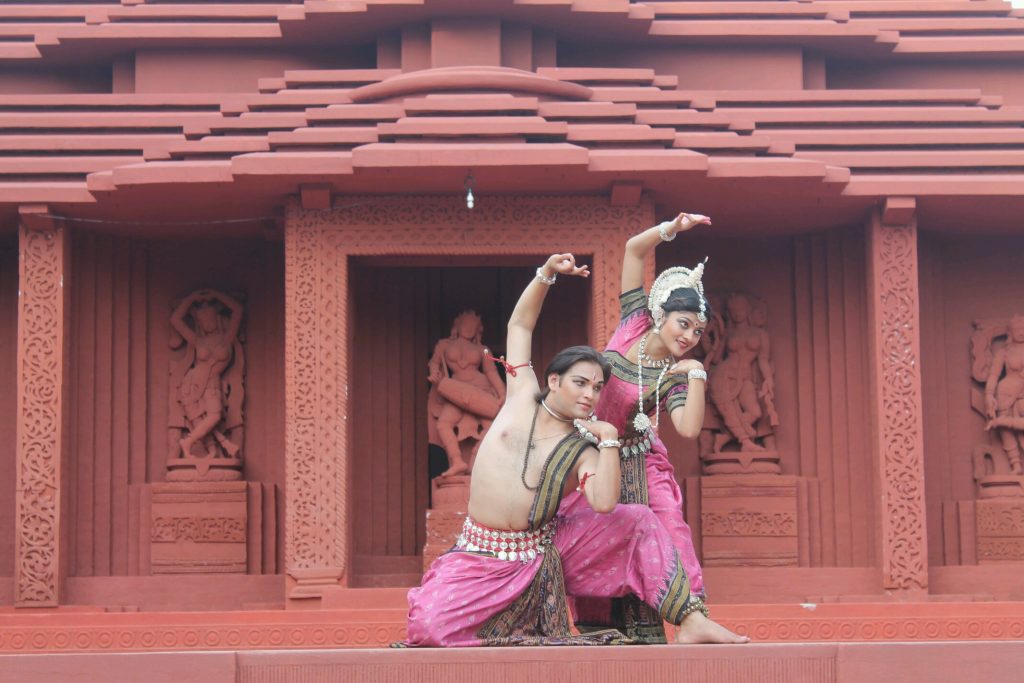 The Origins of Odissi: Sacred Temple Dance
The Origins of Odissi: Sacred Temple Dance
The origins of Odissi can be traced back to the ancient temples of Odisha, where it was practiced as part of religious rituals dedicated to the worship of deities, primarily Lord Jagannath in Puri, and Lord Shiva in other temples. The dance form was performed by the Mahari dancers, a group of devadasis or temple dancers, who were considered to be the spiritual custodians of the art. They performed intricate dances in the temples to please the gods, especially during festivals and other sacred occasions.
The ancient sculptures and carvings found in temples like the Sun Temple at Konark and the Jagannath Temple at Puri serve as visual evidence of Odissi’s ancient roots. These depictions often show dancers in postures that are fundamental to Odissi, such as the graceful tribhanga (three bends) pose, a signature of the style.
The dance was not just a form of entertainment but a means of spiritual expression. It was deeply intertwined with the religious life of the people of Odisha, serving as a form of devotion and a way to seek divine blessings. The dancers, or Maharis, were dedicated to the service of the gods and lived a life of discipline, mastering the art of dance and music, and maintaining the sanctity of the temple rituals.
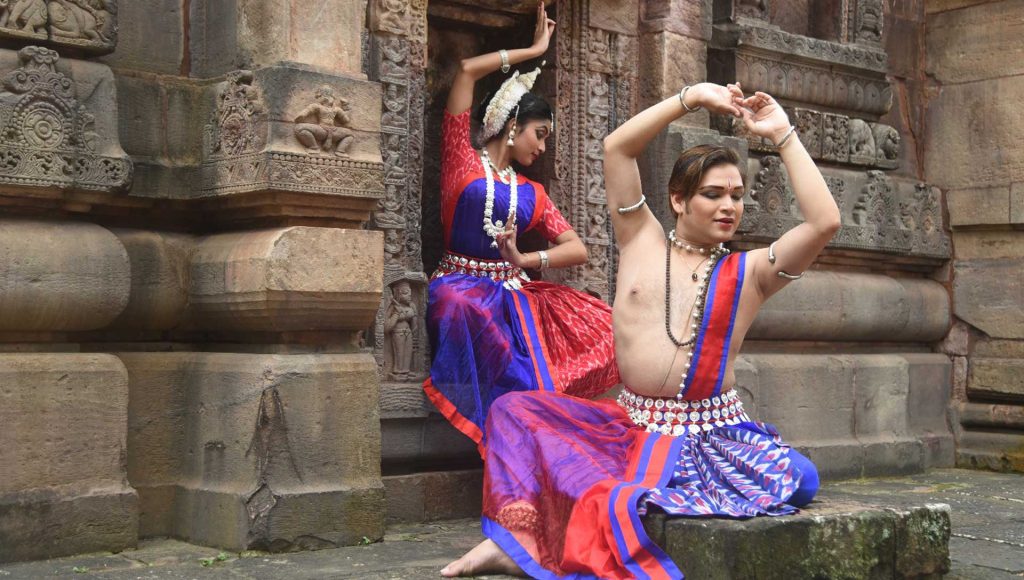 The Decline and Revival of Odissi
The Decline and Revival of Odissi
During the 19th and early 20th centuries, Odissi, like many traditional Indian art forms, faced a period of decline. The British colonial rule, with its suppression of indigenous cultural practices, and the social reforms of the time contributed to the marginalization of temple dance forms, including Odissi. The Mahari dancers, once revered, were relegated to obscurity, and many of the temples where Odissi was practiced saw a reduction in its prominence.
However, the revival of Odissi began in the mid-20th century, thanks to the efforts of a few dedicated individuals. One of the key figures in this revival was the legendary Guru Kelucharan Mohapatra. His contribution to the reestablishment of Odissi as a classical dance form is immeasurable. Guru Mohapatra, a master of Odissi, combined the ancient temple dance movements with a modern approach, incorporating traditional rhythms, choreography, and storytelling. His efforts were instrumental in presenting Odissi as a classical art form that could be performed on the stage, rather than only within the temple precincts.
Alongside Guru Mohapatra, other greats such as Guru Pankaj Charan Das and Guru Ratikant Mohapatra also played pivotal roles in reviving Odissi. These dancers and gurus not only preserved the traditional aspects of the dance but also made it accessible to a wider audience by adapting it for theatrical performance. The incorporation of a formalized training system, dance schools, and greater exposure to audiences helped propel Odissi to national and international prominence.
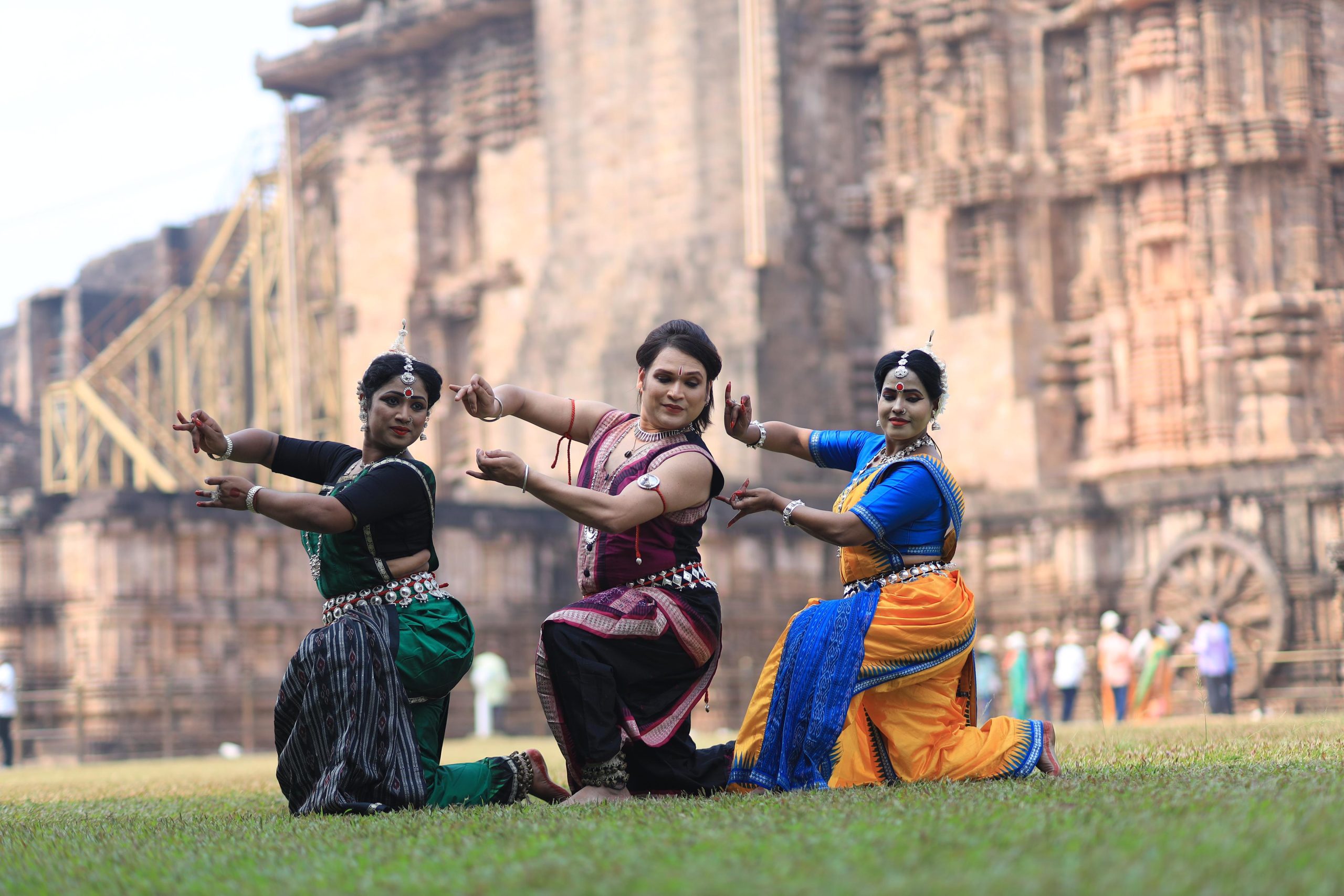
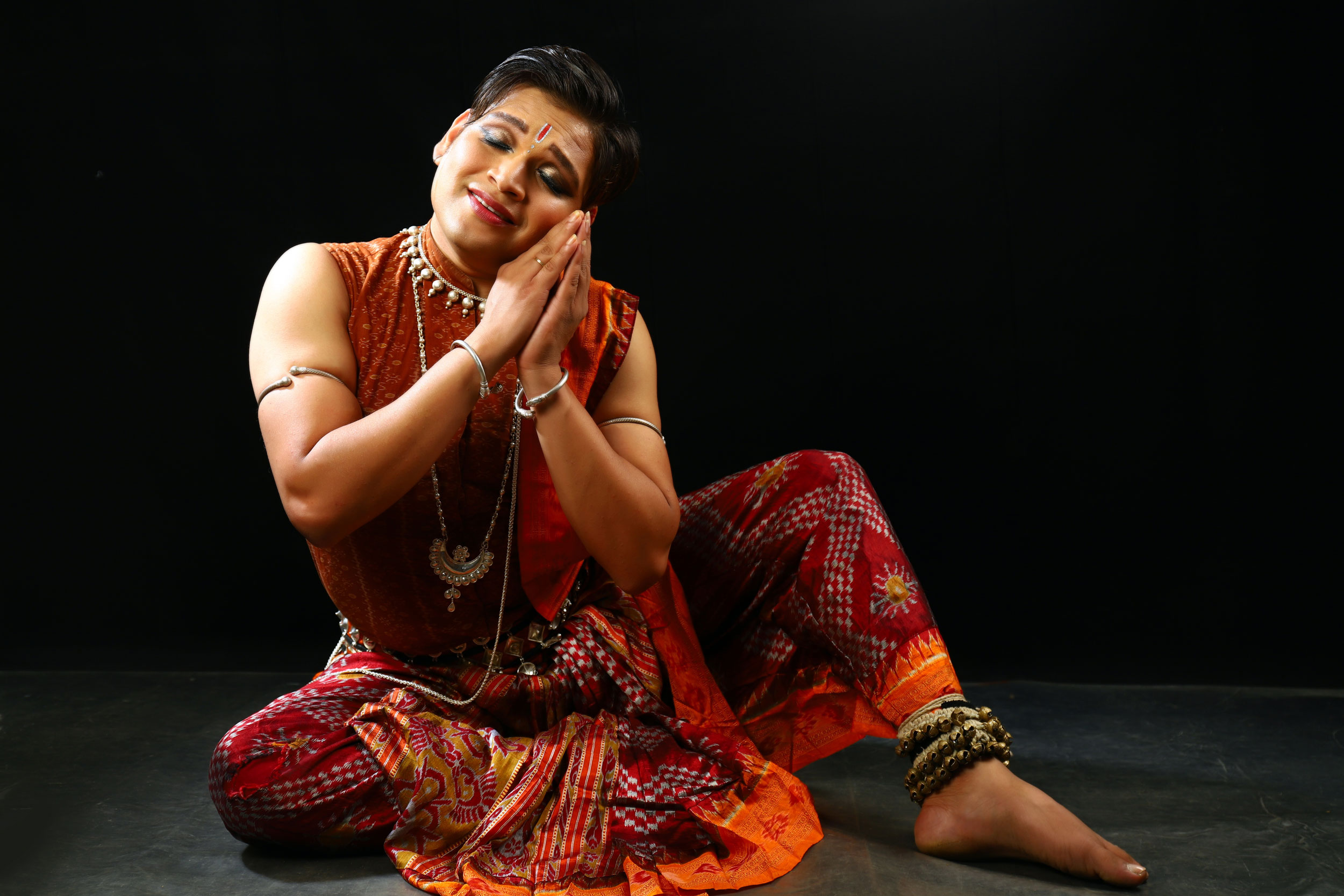
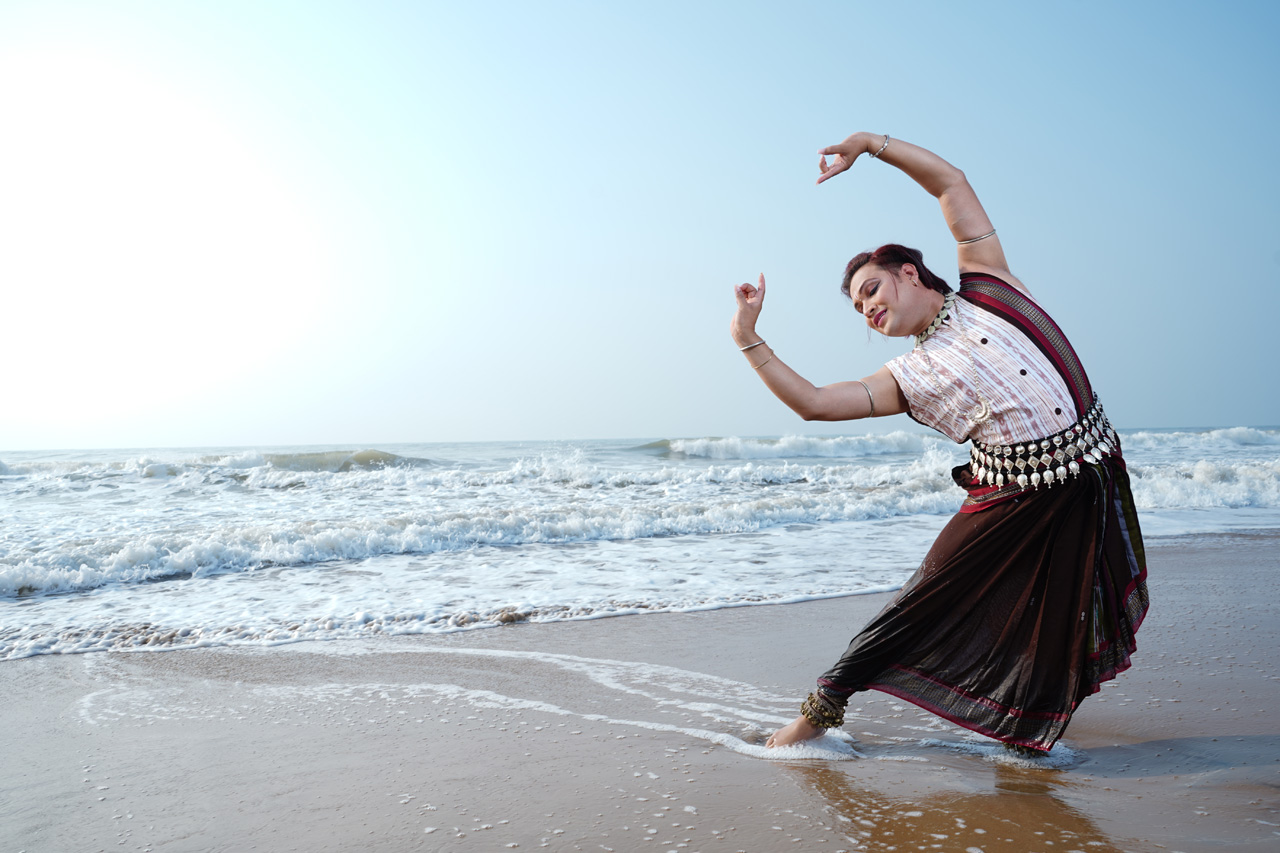
Saswat Joshi: A Contemporary Torchbearer
A significant figure in the contemporary revival and global recognition of Odissi is Saswat Joshi, a prominent dancer, choreographer, and educator. As one of the leading figures of the next generation of Odissi artists, Saswat Joshi has made significant contributions to the art form both within India and globally.
Saswat Joshi’s journey in Odissi began under the tutelage of renowned gurus, and his training has been deeply rooted in both classical and contemporary expressions of the dance. What sets Saswat apart is his dedication to preserving the traditional aspects of Odissi while also seeking new ways to present the dance form in the modern world. He has worked tirelessly to bridge the gap between traditional Odissi and modern dance styles, offering fresh interpretations that resonate with today’s audiences without compromising the purity of the classical form.
His contribution extends beyond performance. Saswat Joshi is actively involved in promoting Odissi through various platforms, including his own dance company and workshops. He has performed in prestigious festivals around the world, including in Europe, Asia, and North America, spreading the reach of Odissi globally. His choreographic works have been showcased at international events, and his performances continue to captivate audiences, showcasing the depth and beauty of Odissi while also pushing the boundaries of the dance form.
Furthermore, Saswat Joshi has played an essential role in nurturing young talent. As a teacher and mentor, he is dedicated to ensuring that Odissi continues to thrive by imparting his knowledge to the next generation of dancers. His workshops and training programs have given many aspiring dancers the opportunity to learn the nuances of Odissi, preserving the tradition while encouraging innovation.
Saswat’s work extends to the fusion of Odissi with other global art forms, creating innovative performances that blend classical dance with modern storytelling techniques. This approach has led to Odissi being more accessible and appreciated by international audiences, while maintaining its roots in traditional forms.
Odissi on the Global Stage
By the latter half of the 20th century, Odissi had made its way beyond the temples of Odisha and into the spotlight of the global arts community. The dance form’s graceful movements, storytelling, and devotional themes resonated with people from diverse cultural backgrounds, contributing to its growing popularity on the world stage.
A key moment in the global recognition of Odissi came with the performances of great dancers such as Sanjukta Panigrahi, Kumudini Lakhia, and later, the legendary Priyadarsini Govind. These dancers not only performed in India but also toured internationally, bringing Odissi to a global audience. Their performances, often blending traditional themes with contemporary elements, showcased the timeless beauty of Odissi and its ability to evolve while retaining its essence.
In addition to individual performers, the rise of international festivals and cultural exchanges further amplified the global appeal of Odissi. The 1980s and 1990s saw a rise in international dance festivals where Odissi was showcased alongside other classical dance forms from India and around the world. International dance enthusiasts, scholars, and practitioners began to appreciate the technical brilliance and spiritual depth of Odissi, and the dance form was recognized as a major cultural treasure of India.
The Artistry and Spirituality of Odissi
Odissi is known for its graceful and fluid movements, characterized by intricate footwork, dramatic poses, and expressive gestures. The dance is performed to the rhythm of classical music, with instruments like the mardala (a traditional drum), flute, and sitar accompanying the performance. The dance is based on the tala (rhythm) system, and the choreography includes a variety of mudras (hand gestures) that convey meaning and emotion.
One of the distinctive features of Odissi is the tribhanga posture, which involves three bends: at the neck, waist, and knee. This graceful posture, often seen in temple sculptures, is a hallmark of the dance form and symbolizes beauty, balance, and harmony. The chandranadi, or circular movements, and Sancari or intricate footwork, are also key elements that give Odissi its signature flow and visual appeal.
The dance often portrays themes from Hindu mythology, including stories of gods and goddesses such as Radha and Krishna, Shiva and Parvati, and Durga. The expressive gestures and facial expressions used in Odissi allow the dancer to narrate these stories with deep emotional intensity, drawing the audience into the spiritual and mythological worlds of the deities.
The spirituality of Odissi is also closely tied to its origins in the temples of Odisha. Dance is seen as an offering to the divine, and the performer is believed to be the medium through which the divine is invoked. Each movement, gesture, and expression is an act of devotion, with the dancer aiming to achieve spiritual transcendence.
The Future of Odissi
Today, Odissi stands as a proud representative of India’s rich cultural heritage. It continues to thrive, not only in Odisha but across the globe. From national dance festivals to international performances, the dance form is now recognized as one of the most revered classical art forms worldwide. Schools and institutions dedicated to Odissi have emerged in many parts of the world, and young dancers from across the globe are training to preserve and innovate within this traditional art form.
As Odissi continues to evolve, it remains a testament to the resilience of Indian culture and its ability to adapt while maintaining its core principles. The global stage provides Odissi with new audiences and opportunities, ensuring that the dance form continues to flourish and inspire future generations.
In conclusion, Odissi has come a long way from its roots in sacred temple rituals to becoming a revered and globally recognized classical dance form. Its journey from spiritual devotion to artistic expression showcases the timeless appeal and adaptability of the art form, cementing its place in the cultural legacy of India and the world. Figures like Saswat Joshi, through their contributions, ensure that the future of Odissi remains bright, vibrant, and ever-evolving.

